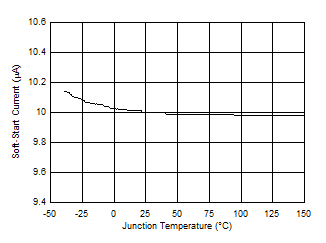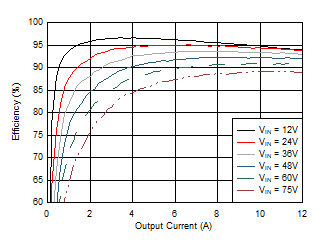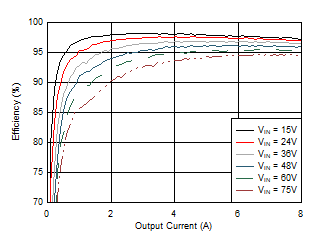JAJSPY3 August 2023 LV5144
PRODUCTION DATA
- 1
- 1 特長
- 2 アプリケーション
- 3 概要
- 4 Revision History
- 5 概要 (続き)
- 6 Pin Configuration and Functions
- 7 Specifications
-
8 Detailed Description
- 8.1 Overview
- 8.2 Functional Block Diagram
- 8.3
Feature Description
- 8.3.1 Input Range (VIN)
- 8.3.2 Output Voltage Setpoint and Accuracy (FB)
- 8.3.3 High-Voltage Bias Supply Regulator (VCC)
- 8.3.4 Precision Enable (EN/UVLO)
- 8.3.5 Power Good Monitor (PGOOD)
- 8.3.6 Switching Frequency (RT, SYNCIN)
- 8.3.7 Configurable Soft Start (SS/TRK)
- 8.3.8 Voltage-Mode Control (COMP)
- 8.3.9 Gate Drivers (LO, HO)
- 8.3.10 Current Sensing and Overcurrent Protection (ILIM)
- 8.3.11 OCP Duty Cycle Limiter
- 8.4 Device Functional Modes
- 9 Application and Implementation
- 10Device and Documentation Support
- 11Mechanical, Packaging, and Orderable Information
7.6 Typical Characteristics
VVIN = 48 V, RRT = 25 kΩ, SYNCIN tied to VCC, EN/UVLO tied to VIN (unless otherwise noted).
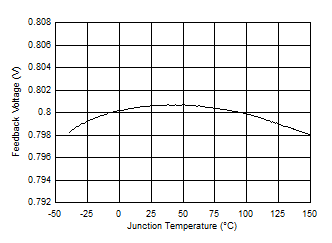
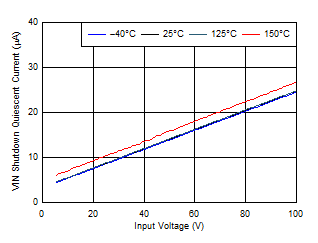
| VSW = 0 V | VEN/UVLO = 0 V |
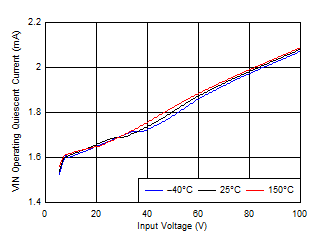
| VSW = 0 V | VEN/UVLO = VVIN | VSS/TRK = 0 V |
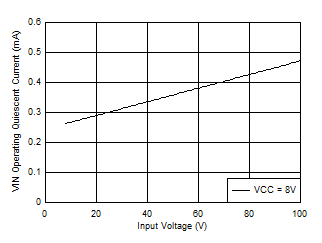
| VSW = 0 V | VVCC = VBST = VILIM | VFB = 0 V |
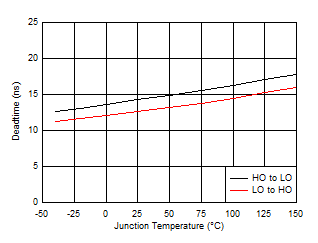
| VSW = 0 V |
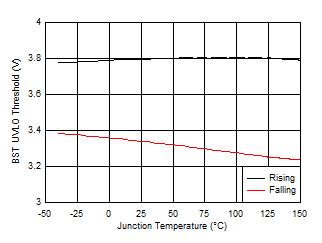
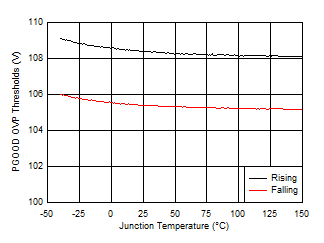
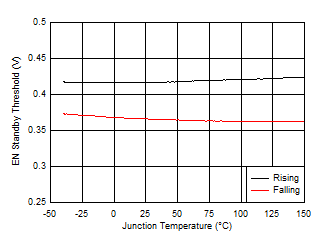
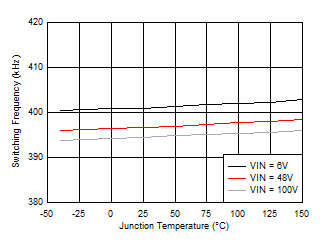
| RRT = 25 kΩ |
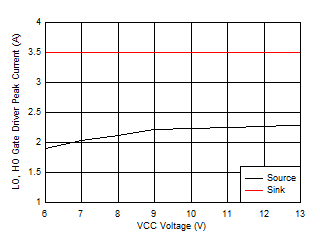
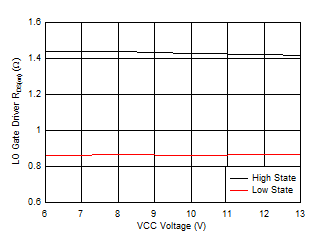
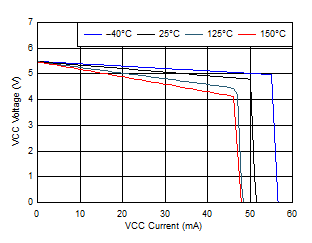
| VIN = 5.5 V |
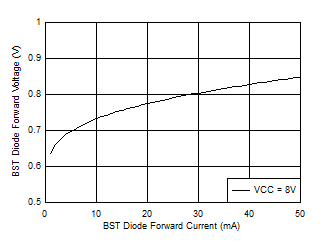
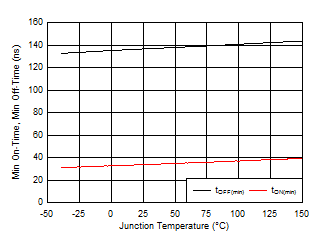
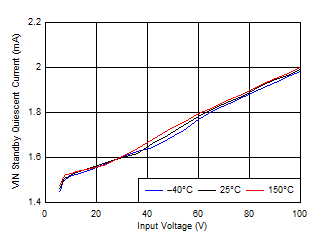
| VSW = 0 V | VEN/UVLO = 1 V |
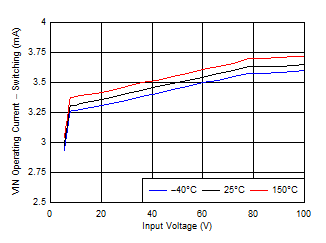
| VSW = 0 V | HO, LO Open |
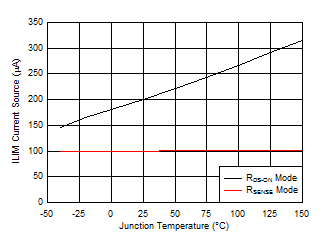
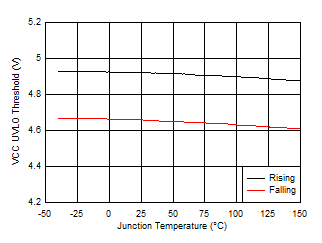
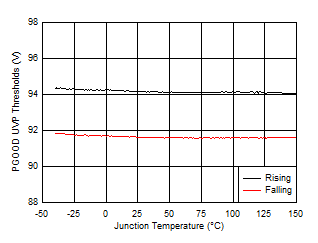
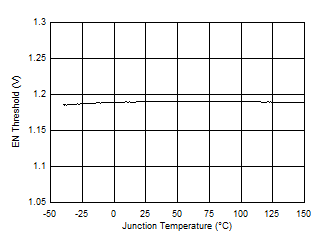
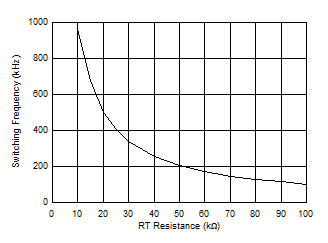
| VSW = 0 V |
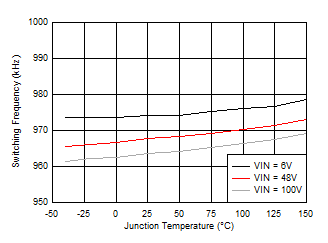
| RRT = 10 kΩ |
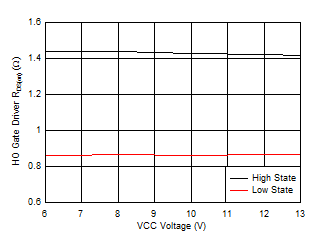
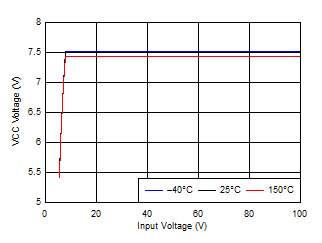
| VSS/TRK = 0 V |
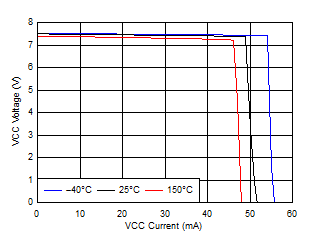
| VIN = 12 V |
